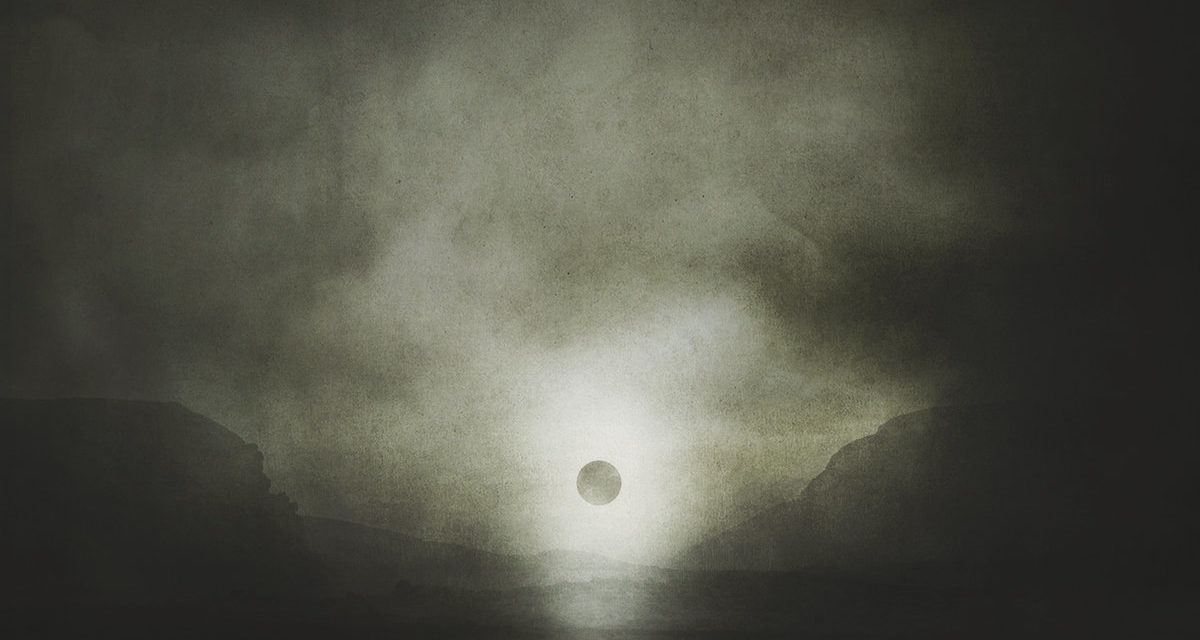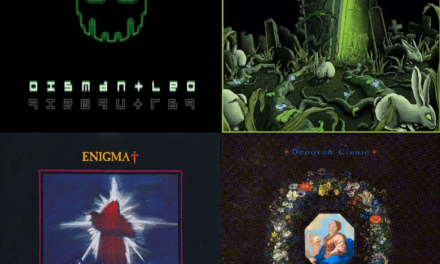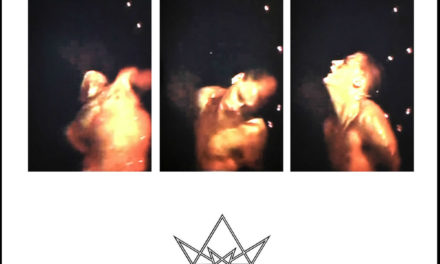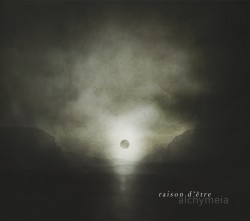
raison d’être
Alchymeia
Cyclic Law
Never let it be said that Peter Andersson doesn’t aim high with his work for venerable dark ambient project raison d’être. Taking inspiration from Jung’s use of alchemical metaphor for personal transformation, Alchymeia‘s four pieces are meant to signify the achievement of a magnum opus. Whether or not it lives up to that hefty goal is for history to decide, but in the moment it’s an excellent showcase of Andersson’s now-classic but still idiosyncratic dark ambient chops. Never content to rely too heavily on drones or pads, Andersson builds much of the foundation of Alchymia with an assortments of chimes, bells, and other metallic tones clanging about. It’s an approach which puts an emphasis on timbre and texture rather than pitch, and gives him latitude to change the shape and focus of the pieces slowly and subtly, without overt shifts in tone. The other standout element of the record are oddly warped, possibly liturgical Latin vocals which sound part Eyes Wide Shut orgy, part Gavin Friday after a bottle of wine. While oblique in their meaning, they make for a strong and oddly melodic (in the context of dark ambient) contrast to the metallic ebb and flow of Alchymia.
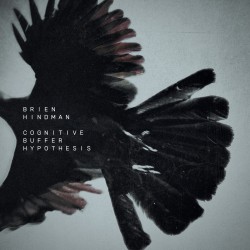
Brien Hindman
Cognitive Buffer Hypothesis
Ant-Zen
Brien Hindman’s background is in video production, which may account for the cinematic nature of his debut for Ant-Zen Cognitive Buffer Hypothesis. Focused on vast, slow moving waves of noise and rich timbral sounds, the record suggests large shapes shifting in proximity to one another, sometimes passing without incident, and sometimes scraping or colliding. The impassive and droney passages of opener “Holocene” have variation and modulation aplenty, but remain smooth and glacier-like until the track’s climax some seven minutes in when they start to shake and splinter under pressure. “The Veil” relies on sweeping, Vangelis-like pads that are constantly cresting just above the waves of reverb that threaten to engulf them, and the short bursts of notes that accompany them. Some shorter tracks like “Trophic Cascade” and “Shinrin Yoku” play with more traditional rhythmic elements and structures, but by and large Hindman keeps matters abstract, as on the sprawling “Heterodoxies (parts 1-7)” where micro-scenes transition via gradual shifts in texture. While there are hints of rhythmic noise and more traditional dark ambient that occasionally make an appearance, part of the strength of Cognitive Buffer Hypothesis is certainly in how fluid and variable it is, rarely settling in one place for long before sliding gradually into another configuration.

